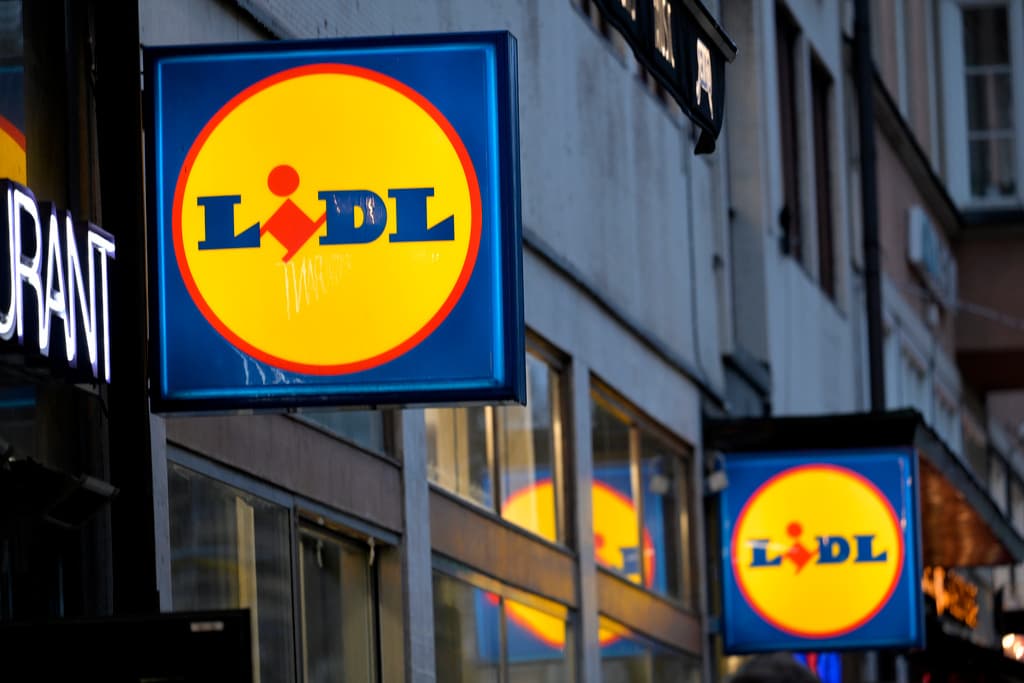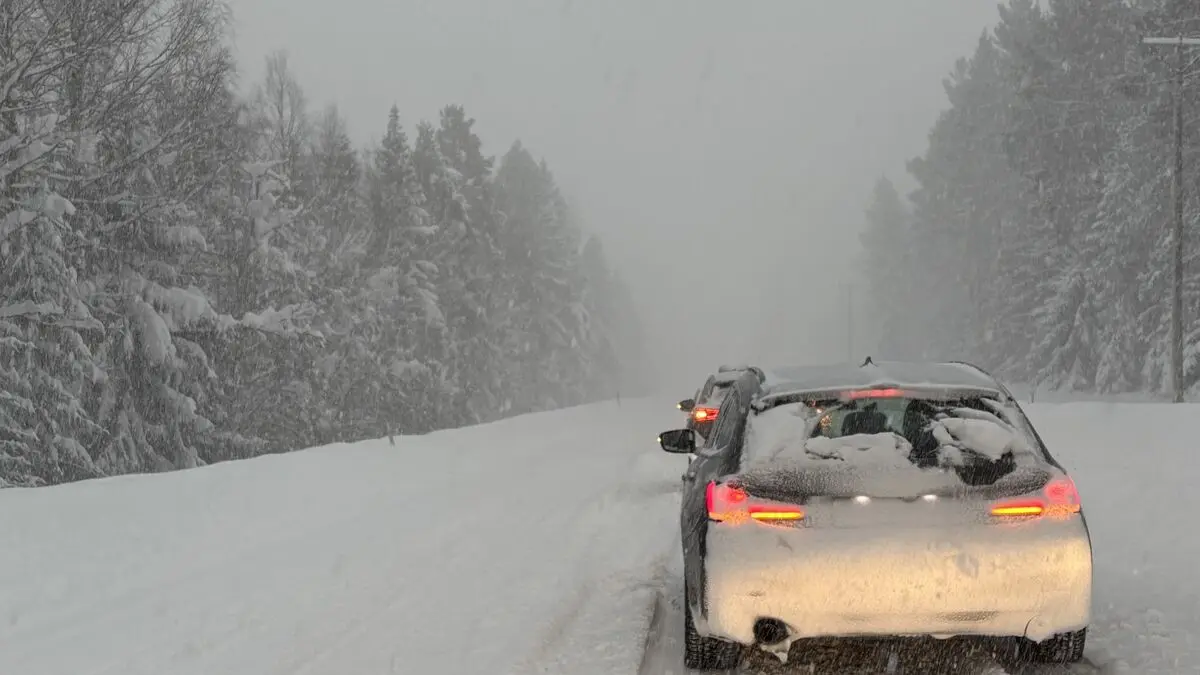The low-cost chain Lidl is taking customers from its competitors, according to the company's latest annual report.
And the expansion plans are continuing.
More than 200 stores are set to become 300 in the long term, according to Sweden's CEO, Jakob Josefsson.
Last year's inflation shock saw a lot of focus on the sharply rising food prices. The German low-cost chain Lidl then went out and froze prices on a large number of products.
The result of this move is now visible as the annual report is presented for the financial year 1 March 2023–29 February 2024. The loss of SEK 185 million is a consequence of the investment, but at the same time, the company is growing faster than the market and turnover is increasing by 11 per cent to SEK 18.6 billion.
I often get asked what we've done differently. We're Europe's largest food retailer and that means we can maintain high quality on our products but at a low price, so we've just followed our business model, comments Jakob Josefsson, CEO of Lidl Sweden.
Originally from Germany, Lidl established itself on the Swedish market in 2003, and today it has 204 stores in around 150 Swedish towns. The expansion plans involve having around 300 stores on the Swedish market in the long term.
This year, we'll be opening three new stores, and next year we'll increase the pace. We have a long-term investment in Sweden, and then we want to open in locations where we feel we can be for a long time.
Do you see an expansion mainly in urban areas?
That's where we see the big potential, and especially on the outskirts of urban regions, but we're open to discussions everywhere.
To Open in Hallonbergen
The stores don't necessarily need to be located near large shopping centres, points out Jakob Josefsson, citing, for example, a store they're going to open in the Stockholm suburb of Hallonbergen.
There are a lot of people living around there, but maybe not so many who come by car, and then we have another store in Eslöv, where it's more car traffic.
Meanwhile, food prices have now normalised, and the sharp increase seen in 2023 has not been visible in recent months.
Not Stopping the Pursuit of Low Prices
That it would mean consumers stop chasing low prices, however, Jakob Josefsson does not believe, and refers to how it looked around Europe after the financial crisis of 2008–2009.
Even when inflation has gone down, we retain customer loyalty, my analysis is that this is the new normal and that we're part of the weekly shopping routine for consumers.






